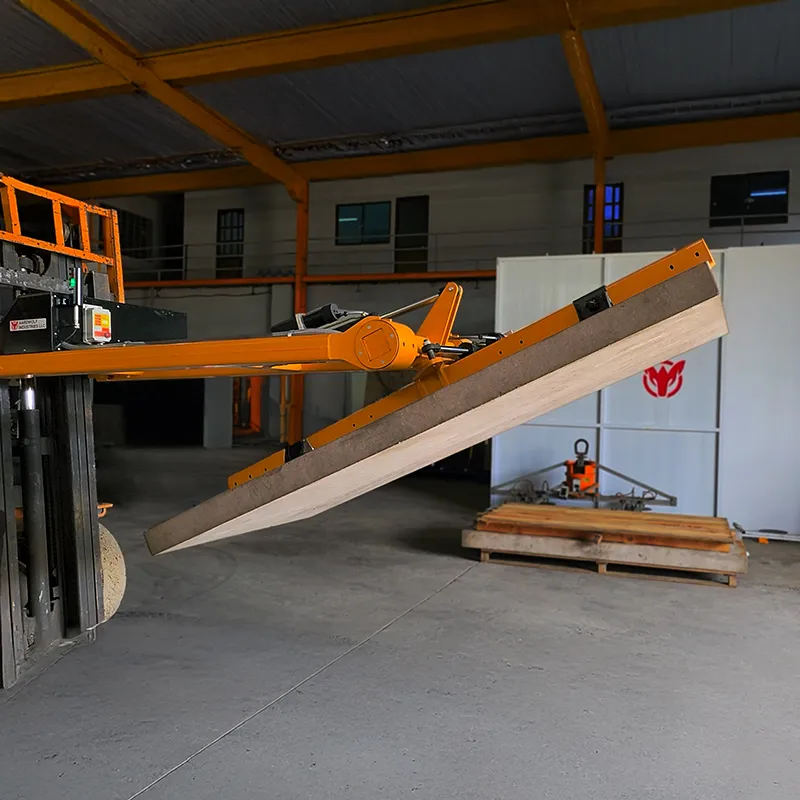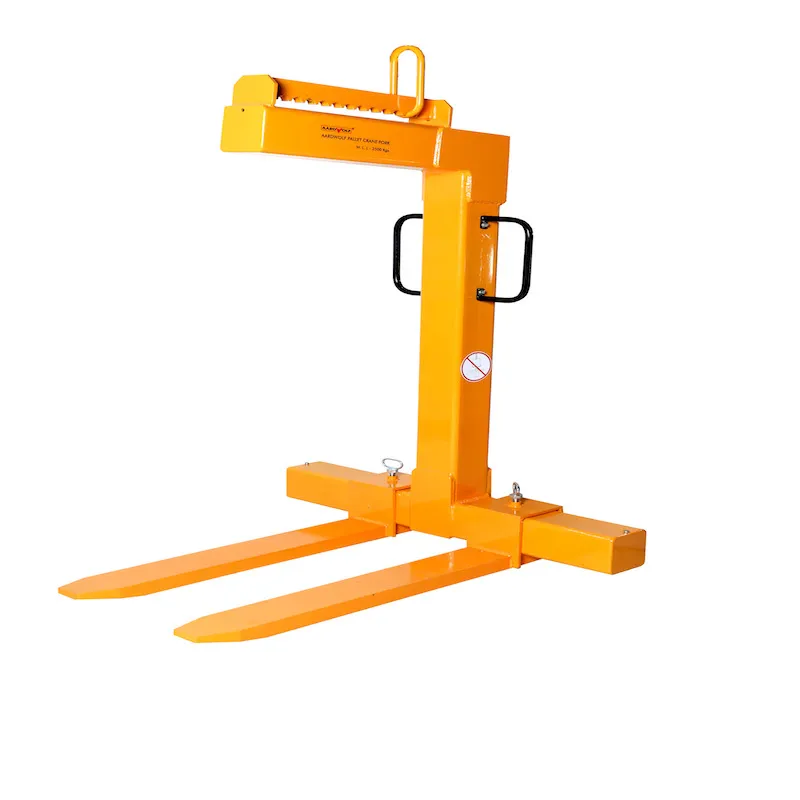Material handling is a core component of countless industries—from construction sites to warehouses, manufacturing floors, and machine shops. As vital as the right material handling equipment is, so too is the right attire. One persistent safety myth is that “loose clothing is best to wear when handling material.” In reality, loose clothing can be dangerous and is never recommended in any setting where machinery, tools, or heavy materials are being moved.
Let’s examine why proper clothing is critical for safety and productivity in material handling, and provide actionable guidance for both workers and employers.

Table of Contents
ToggleWhat Is Material Handling?
Material handling refers to the movement, storage, control, and protection of materials throughout manufacturing, warehousing, construction, and distribution. It includes everything from manually moving materials with wheelbarrows and carts to operating advanced systems like Jib Cranes, Vacuum Lifters, forklifts for construction, and automated conveyors.
Learn more: What Is Material Handling?

The Dangers of Loose Clothing in Material Handling
1. Risk of Entanglement
Loose clothing—such as untucked shirts, flowing sleeves, scarves, or jewelry—can easily become caught in moving machinery, conveyor belts, or hoists and cranes. This can result in severe injuries, including cuts, amputations, and crushing incidents.
Example:
An operator’s loose shirt sleeve gets caught in a Jib Crane, pulling their arm into the mechanism and causing a serious injury.
2. Tripping Hazards and Reduced Mobility
Long pants that drag on the ground, untied shoe laces, or baggy clothing can trip up workers, leading to slips, trips, and falls—especially in environments with pallets, carts, and busy job site logistics.
3. Reduced Visibility and Identification
In warehouses and construction sites, high-visibility clothing is essential. Loose, casual clothing can obscure safety vests or make it harder for co-workers and equipment operators to see you, increasing the risk of accidents.
Proper Clothing for Safe Material Handling
Safe attire for material handling should be:
- Fitted: Not excessively tight, but close enough to the body to prevent snagging.
- Durable: Able to withstand friction, minor cuts, and exposure to materials.
- High-Visibility: Especially for sites with forklifts, trucks, or other mobile equipment.
- Appropriate PPE: Gloves, hard hats, safety shoes/boots with steel toes, and protective eyewear as needed.
Never wear:
- Loose, flowing garments
- Dangling jewelry or scarves
- Untied shoes or open-toed footwear
The Role of Employers: Culture and Compliance
Employers should provide clear safety guidelines, regular training, and the right protective clothing for all workers. This includes setting rules for attire, providing uniforms or PPE, and conducting spot checks to ensure compliance.
Benefits:
- Reduced workplace injuries
- Lower insurance and compensation costs
- Improved safety culture
- Higher productivity
Material Handling Equipment and Safety
Proper attire complements the use of advanced material handling equipment:
- Aardwolf Slab Lifters and Vacuum Lifters allow for touch-free, safe lifting of heavy or awkward materials.
- Jib Cranes and conveyors can move loads efficiently, but only if operators and bystanders wear safe, fitted clothing to prevent entanglement.
See also:
Addressing Common Myths
Myth: Loose clothing is more comfortable and allows for better movement.
Fact:
While comfort matters, loose clothing introduces significant risks in any active material handling environment. Modern workwear is designed for both comfort and safety, using flexible, fitted, and breathable fabrics.
Myth: PPE alone is enough to protect against injuries.
Fact:
PPE is essential, but cannot compensate for unsafe clothing. Both proper attire and PPE are necessary for complete protection.
Material Handling and Worker Productivity
Wearing the right clothing does not only improve safety—it also enhances productivity by enabling:
- Greater mobility and confidence
- Less distraction or discomfort
- Lower chance of incidents that disrupt workflow
This leads to fewer lost workdays, lower labor costs, and increased efficiency, all critical factors in minimizing material waste and improving site operations.
Related Topics
- How Does Material Handling Impact the Human Labor Force?
- What Is Mechanical Material Handling?
- Which of the Following Is a Motorized Material Handling Device?
Conclusion: The Importance of Proper Clothing in Material Handling
Loose clothing is never recommended when handling material—it’s a preventable risk in environments where moving parts, heavy loads, and machinery are present. Instead, workers should always wear fitted, high-visibility, durable, and industry-appropriate attire, along with all necessary PPE.
Employers and site supervisors must enforce these standards as strictly as they invest in modern material handling equipment. The result? Safer, more productive, and more efficient workplaces.
Further Reading:

















Please log in to leave a comment.